Costa Rica, a land of adrenaline-pumping adventures, pristine beaches, lush rainforests, and captivating wildlife, is a dream destination for travelers seeking unforgettable experiences. Awarded the Champions of the Earth by the United Nations, this country is committed to environmental sustainability and invites visitors to embrace the “pura vida” lifestyle. But before you pack your bags, here’s What To Know Before Traveling To Costa Rica.
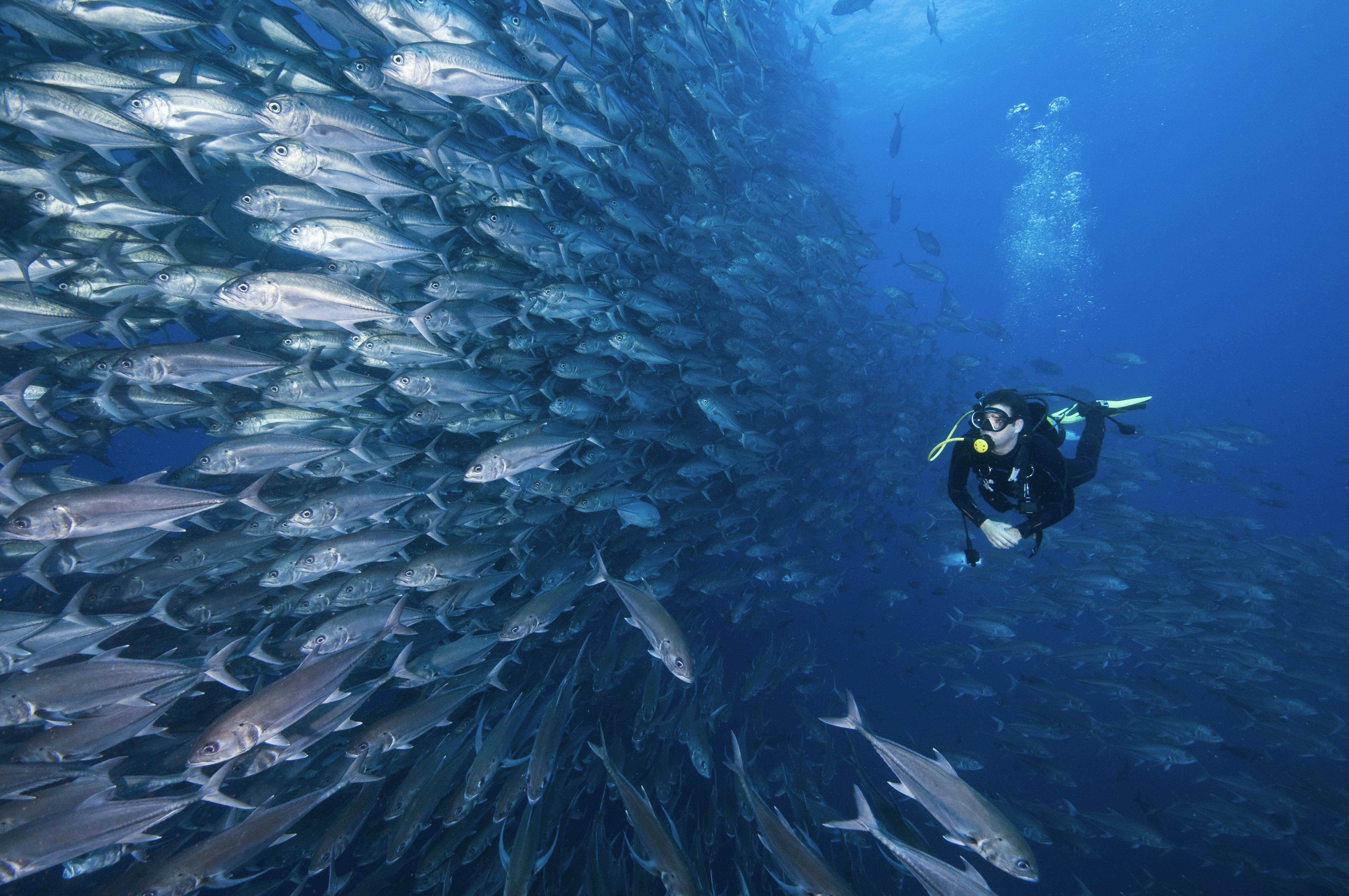 A diver with a large shoal of jacks at Cocos Island, Costa Rica
A diver with a large shoal of jacks at Cocos Island, Costa Rica
Planning Your Trip: Time, Seasonality, and Peak Travel
-
How Much Time Do I Need? While you could easily spend weeks exploring all that Costa Rica has to offer, a week-long trip can provide a taste of its diverse landscapes and activities. For shorter trips, consider focusing on specific regions like La Fortuna and Arenal volcano or the Monteverde cloud forests for outdoor adventures. If beaches are your priority, fly into Liberia for easy access to the Pacific Coast. Be aware that travel times between locations can be longer than expected, so plan accordingly.
-
Pack for All Seasons (Even Though There Are Only Two): Costa Rica officially has two seasons: the dry season (December to March) and the rainy season (May to November). However, due to its diverse microclimates, you should pack for various weather conditions. Include T-shirts, shorts, and flip-flops, but also bring a raincoat, fleece or warm jacket, waterproof hiking boots, and quick-dry clothing. A dry bag for valuables is also essential. Don’t forget sunscreen and insect repellent, which are more affordable to buy before your trip.
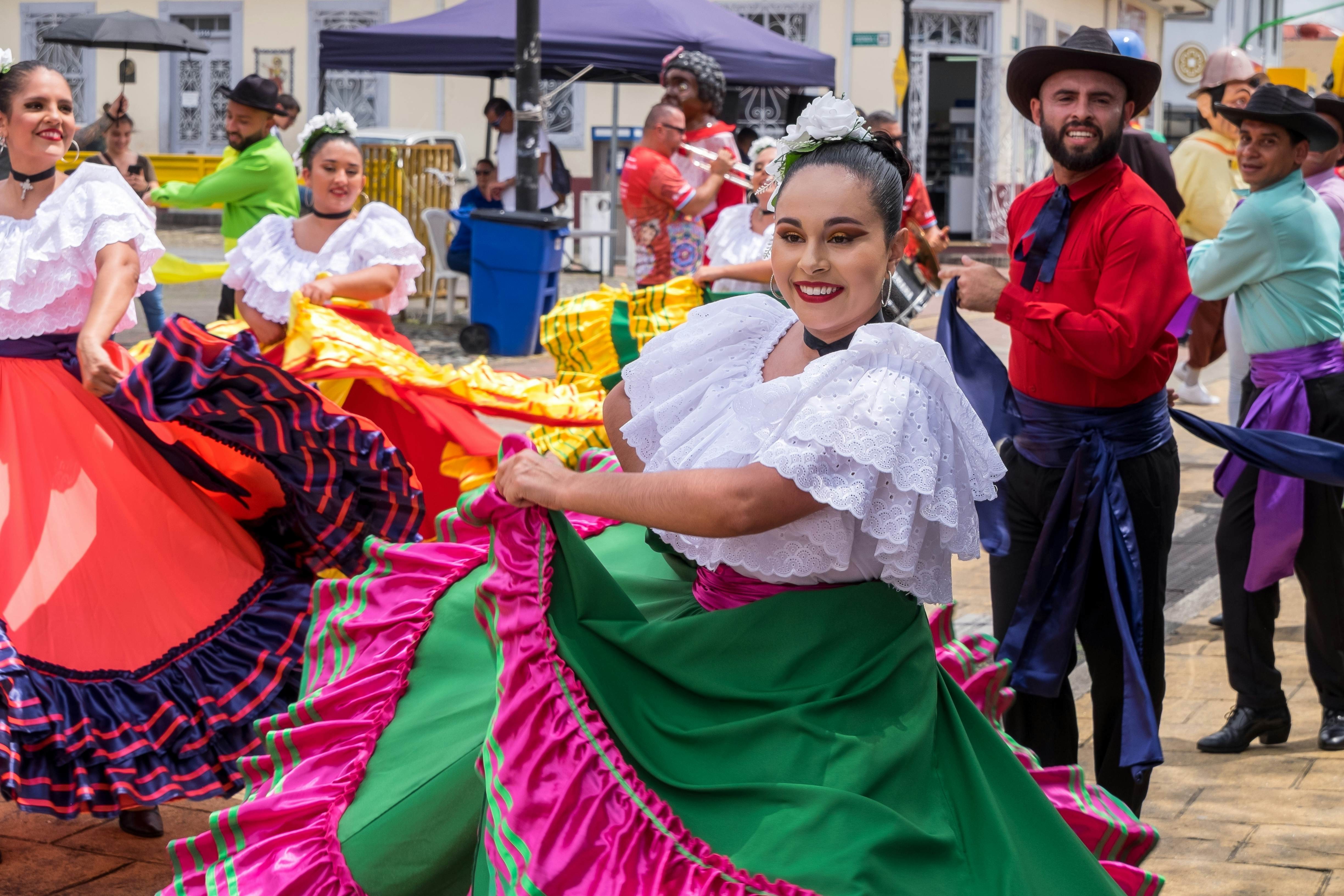 Folk group parading through the urban center of San Jose, Costa Rica.
Folk group parading through the urban center of San Jose, Costa Rica. -
Plan Ahead for Peak Travel Times: If you plan to visit during peak seasons such as Christmas, New Year, Easter, or US spring break, book your accommodation well in advance. Prices tend to increase during major festivals and events, so it’s also wise to book high-end restaurants and popular tours ahead of time.
Money Matters: Currency, Tipping, and Language
-
Cards and Cash: The official currency is the colón, but US dollars are widely accepted. Carry a mix of both, with small bills for tipping, taxis, and smaller establishments. Credit and debit cards are accepted for larger purchases.
-
Tipping Etiquette: Tipping is optional but appreciated, especially by guides and drivers. Aim for around 10% of the tour price for exceptional service. Restaurants typically include a 10% service tax and a 13% sales tax on your bill, but feel free to add extra for outstanding service.
-
Learn Basic Spanish Phrases: While English is widely spoken, knowing some basic Spanish phrases will enhance your experience and be appreciated by locals. Start with buenos días (good morning), por favor (please), and gracias (thank you). Also, familiarize yourself with the phrase pura vida, which can be used in many situations.
Respecting Nature and Staying Safe
-
Respect Flora and Fauna: Costa Rica is a biodiversity hotspot, hosting approximately 5% of the world’s plant and animal species, with a significant portion of its land protected. Support conservation efforts by choosing sustainable accommodations, traveling with ethical tour guides, and eating local. Maintain a respectful distance from wildlife and avoid participating in photo opportunities that exploit animals.
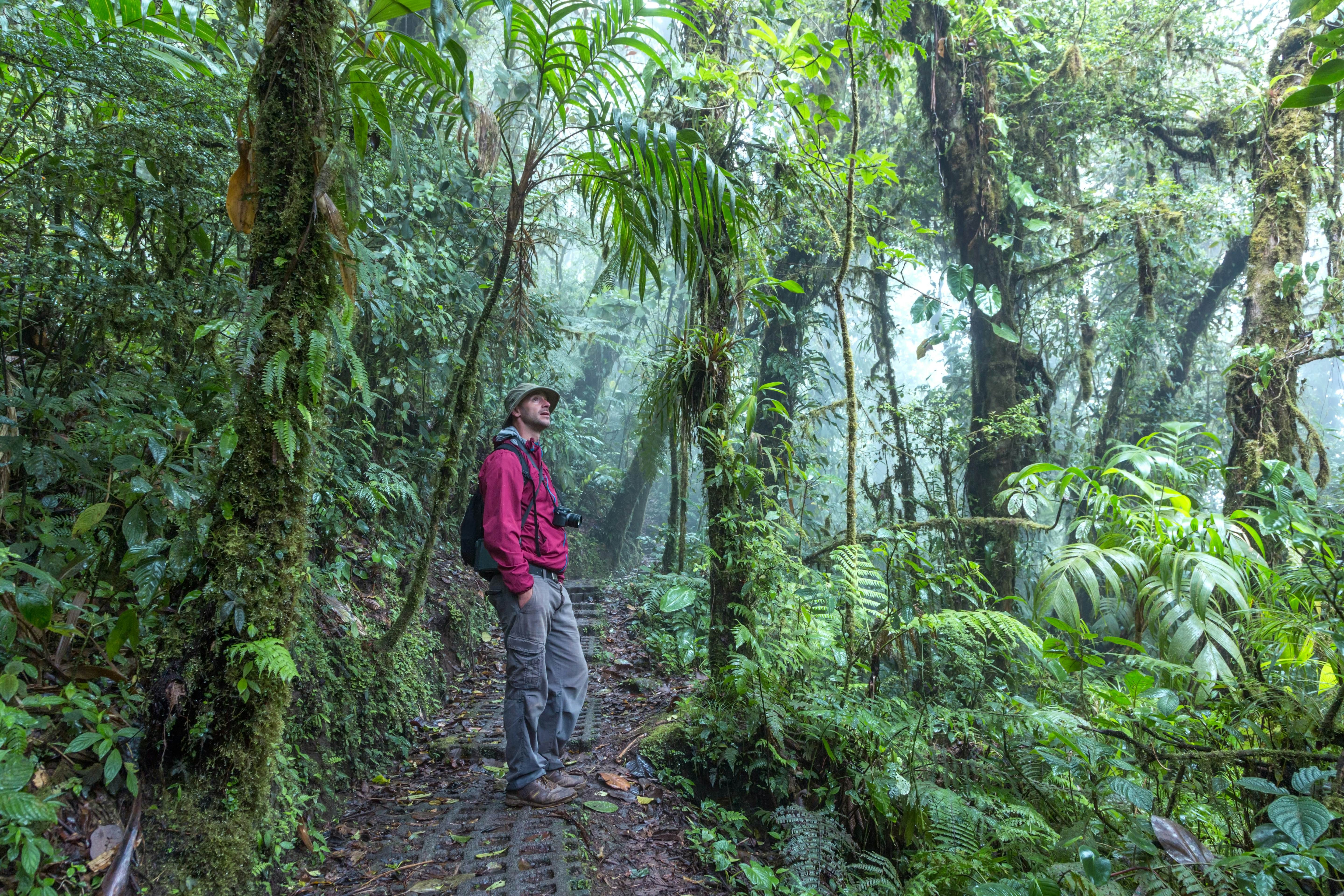 Man walking on a trail in the green rainforest, Monteverde Cloud forest, Puntarenas, Costa Rica
Man walking on a trail in the green rainforest, Monteverde Cloud forest, Puntarenas, Costa Rica -
Is Costa Rica Safe?: Costa Rica is generally safe, but petty crime can occur. Take precautions like not displaying expensive possessions, keeping credit cards separate, and using ATMs inside banks during the day. Carry a copy of your passport and be aware of pickpockets in crowded areas. Avoid poorly lit streets and consult locals about areas to avoid after dark.
-
Volcano Safety: While Volcán Arenal’s cone is visually stunning, climbing it is illegal due to its resting phase. Instead, explore the surrounding national park through hiking trails, mountain biking, or relaxing in natural hot springs.
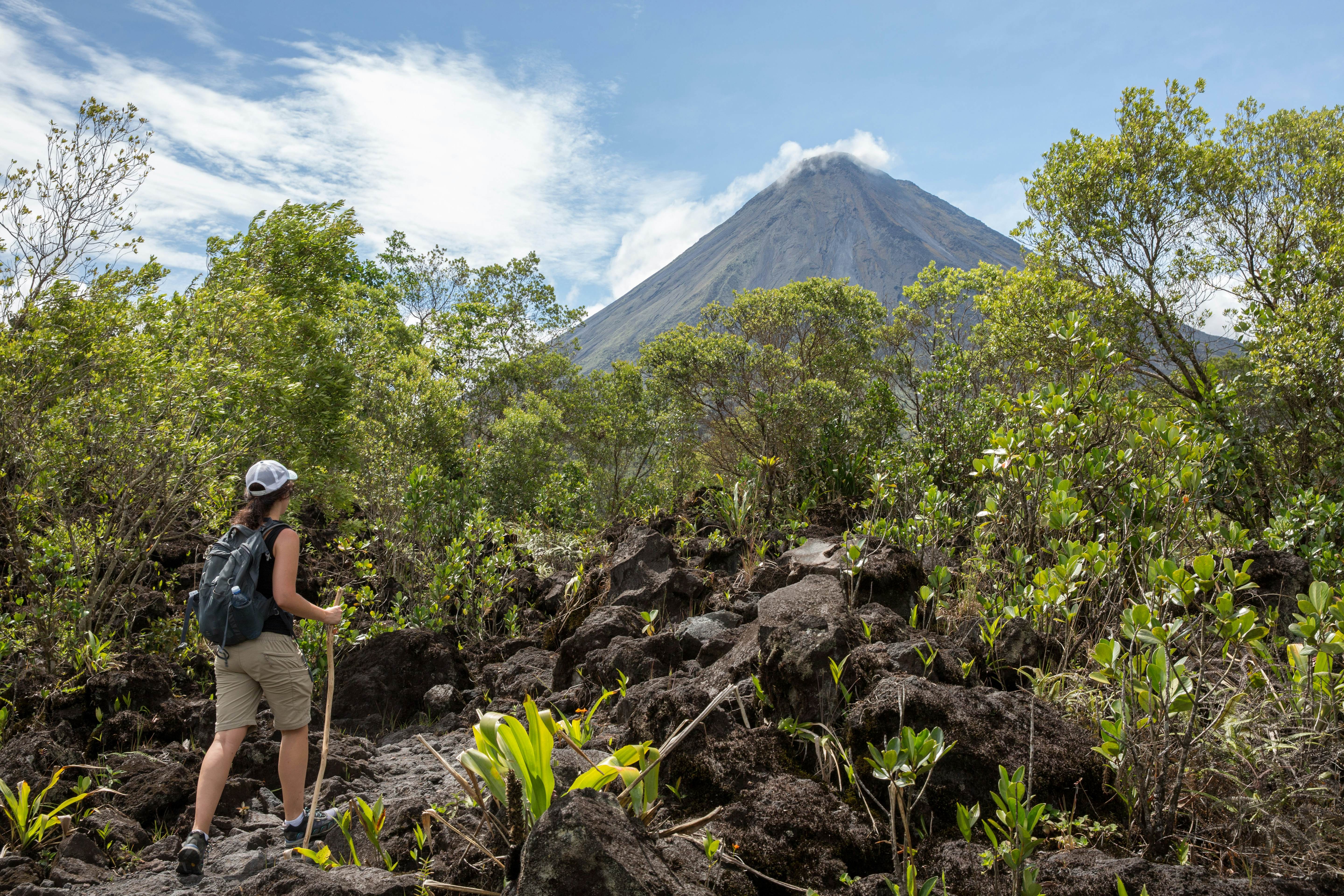 Woman hiking the Arenal 1968 Trail, Costa Rica, in front of the Arenal volcano
Woman hiking the Arenal 1968 Trail, Costa Rica, in front of the Arenal volcano
Health and Transportation
-
Health Precautions: Costa Rica’s healthcare system is highly regarded, but it’s wise to have travel insurance that covers medical care. Mosquitoes can transmit diseases such as dengue and Zika, so use insect repellent with at least 20% DEET and wear protective clothing.
-
Beach Safety: Costa Rica’s beaches are ideal for surfing, but rip currents are common. Heed warning flags, avoid swimming or surfing alone, and if caught in a current, swim parallel to the shore to escape. Check for crocodiles before entering rivers and lagoons.
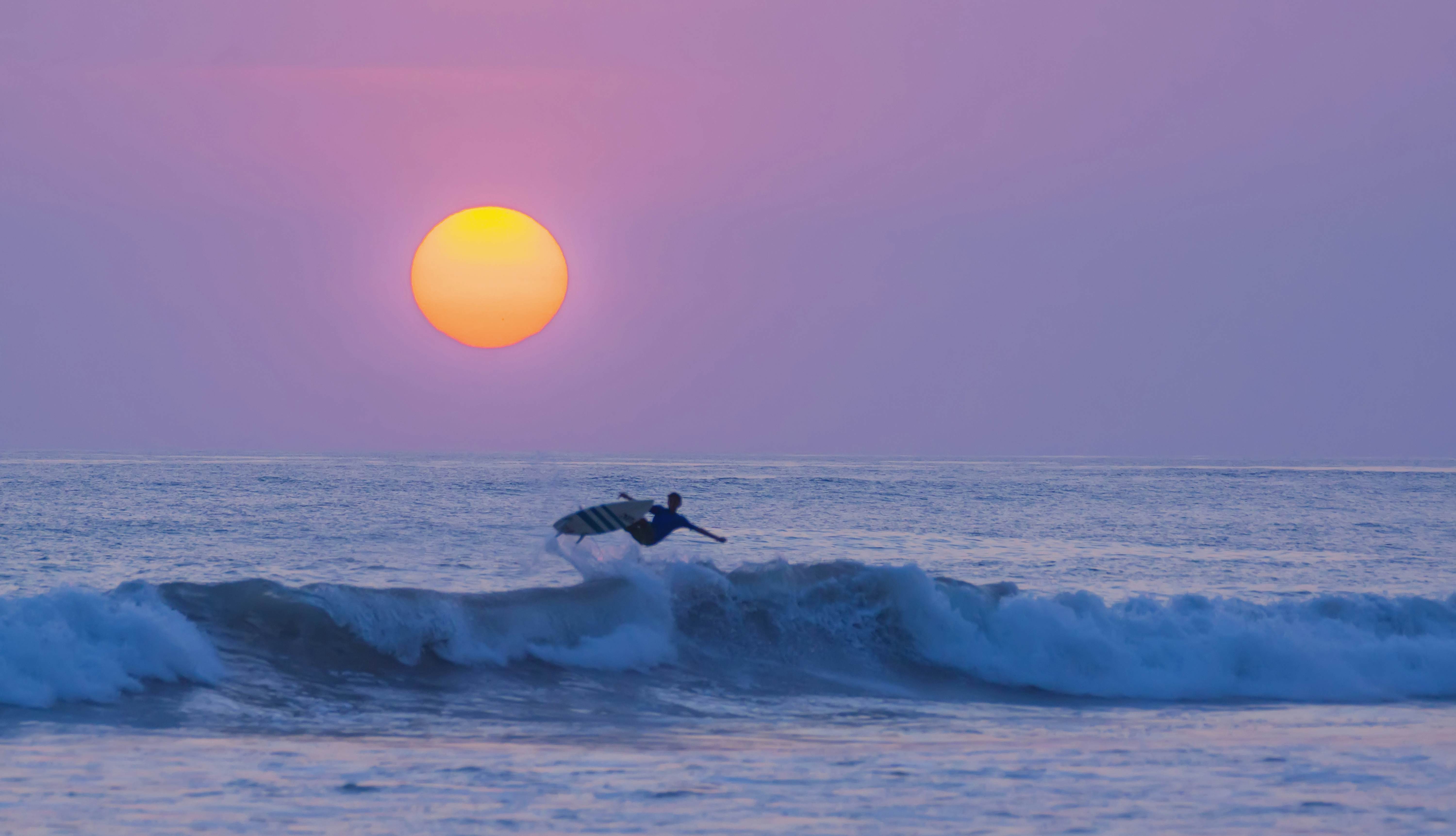 A surfer in front of the setting sun at Playa Carmen in Costa Rica
A surfer in front of the setting sun at Playa Carmen in Costa Rica -
Driving Tips: Renting a car offers flexibility, but requires comprehensive insurance and a 4WD for tackling dirt roads. Drive slowly, defensively, and avoid driving after dark. Never leave valuables unattended in your car.
-
Water Safety: Tap water is generally safe to drink. However, consider using a water filter bottle, especially in remote areas, to ensure safety and reduce plastic waste.
Embracing the “Pura Vida” Lifestyle
Traveling to Costa Rica is more than just visiting a destination; it’s about immersing yourself in a culture that values nature, simplicity, and living in the moment. By being prepared and informed, you can fully embrace the “pura vida” lifestyle and create unforgettable memories in this beautiful country.
